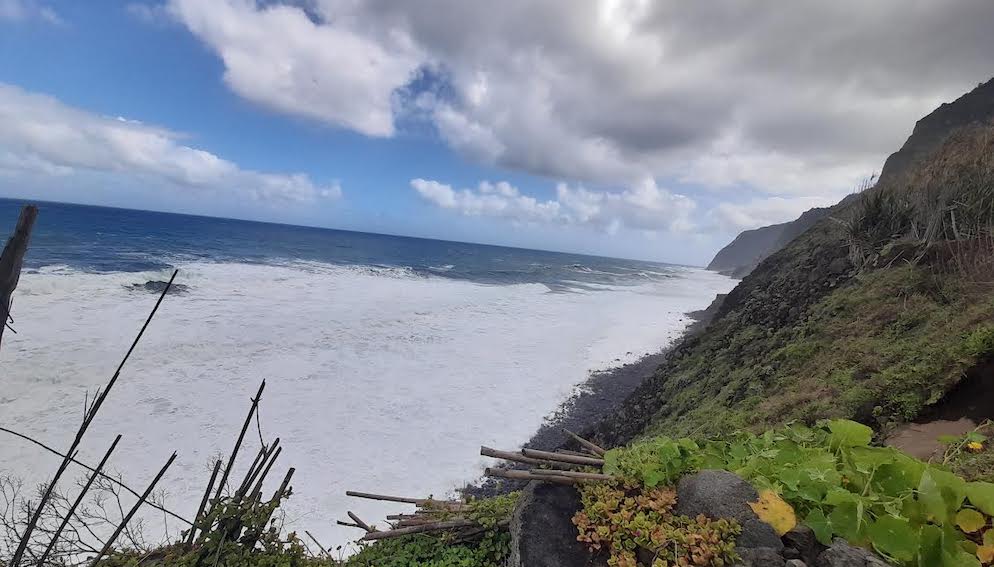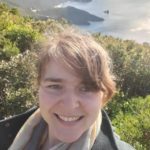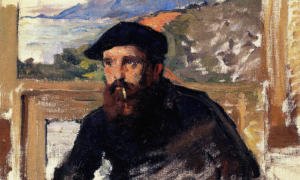Steep Mountains covered in luscious forests rising from crystalline waves, exotic fruits and flowers sprouting everywhere. Yet, it’s not “Aloha” you hear upon arrival but “Bom dia!” since you have landed in Madeira. Madeira is a Portuguese archipelago in the Atlantic Ocean, about 1,000 kilometers southeast of Portugal. It’s about 1 hour and 40 minutes flying time from Lisbon, about 60-percent longer than a flight to Casablanca, Morocco, for comparison.
I have just returned from a breathtaking holiday on Madeira’s main Island and ever since I have been asking myself how on earth did I live so long in Portugal without setting foot on on this magic island? Madeira is such a short trip away from Lisbon and yet transports you to a whole ‘nother world.
You arrive at Cristiano Ronaldo Airport – one of “the world’s most dangerous airports.” CRA requires highly trained pilots to safely land the plane on its rather short, often storm-ridden runway. Once safely on the ground, we headed by rental car to our hotel in the sparsely populated, rural north. While the car went up and down incredibly steep slopes, I marveled at the landscape around me, which reminded me of pictures I had seen of Hawaii.
Tropical feel
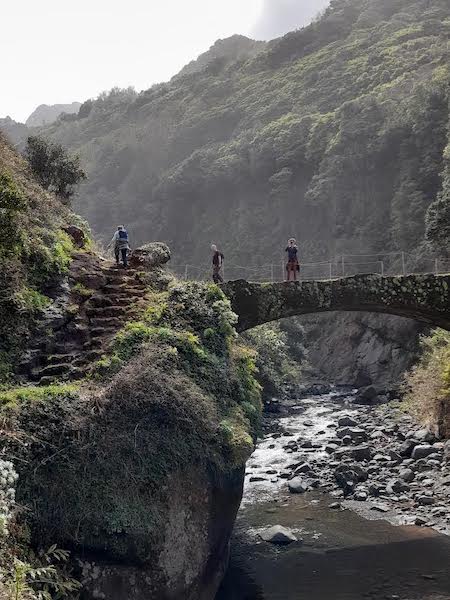
And indeed, these Islands share similar geological histories and characteristics since they both emerged on volcanic hotspots in the middle of the ocean. Interestingly, as an aside, the Islands even have a historical interconnection. A large number of Madeira’s sugar cane cutters emigrated in the 19th century to Hawaii to work in the sugar industry there and even Hawaii’s national instrument, the ukulele, was brought by an immigrant from Madeira.
Due to their different locations half way around the earth from each other, their climates are not the same. In the North Atlantic, Madeira offers a pleasant subtropical Mediterranean climate all year around with different plants and flowers in full bloom and seasonal fruits at any time.
I love hiking in nature and so Madeira proved to be a perfect destination. Along the so-called levadas, small irrigation canals that cross large parts of the Island, there are countless trails leading through thick forests and ferns to stunning waterfalls. Along the coast, there are paths that provide yet a completely different experience.
With the roaring sea as a constant companion on one side, we passed small vineyards, banana and sugar cane fields, but also crossed areas completely devoid of any visible human interference as we climbed up and down following the coastline.
But, beware!
To truly enjoy Madeira’s nature, you can’t be afraid of heights. Especially on our first stunning walk along the Levada Calderão Verde, I needed quite a while until I got used to the gaping, surely deadly chasm just next to the narrow footpath we were on.
The rest of the story
Of course, we also paid a visit to Madeira’s capital Funchal, a nice little town where you should not miss out on the market hall, where you can buy fresh fish and fruit, or the huge Madeira Botanical Garden that overlooks the city, planted on a steep mountain. And do please take my word for it – if you can budget for the slightly pricey cable car leading up to it from the lower part of town, save yourself the almost suicidal thrill of driving up there on your own.
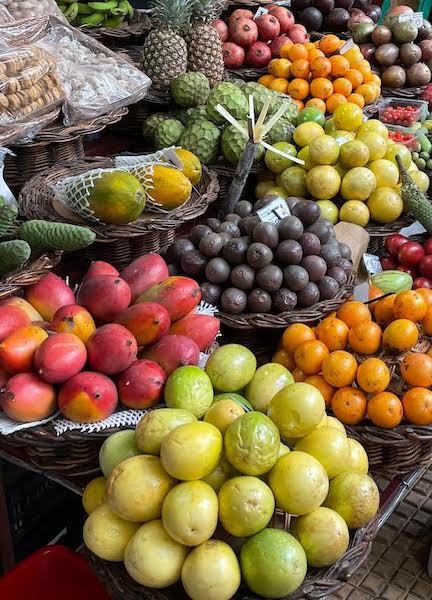
Now I am back home in Lisbon, sitting on my balcony sipping Madeiran Poncha, a fruity symphony of rum, honey and citrus fruits, reminiscing about the sweet memories of these holidays. This could be a perfect ending for this travel post. However, while I roll around the drink on my tongue, digging deeper into my research about the Island, I discern a bitter aftertaste.
It comes from the sugar cane that the delicious Madeiran rum is made of and then of the history it carries within. It is in Madeira’s sugar plantations of the 15th century that we find the very origin of the violence of industrialised African slavery and the transatlantic slave trade, a part of Western history which laid the foundations of modern global capitalism.
The implementation of sugar cane plantations in Madeira and the rapid intensification of the sugar production on the island fell together with the Portuguese exploration of sea routes. The objective to gain economically from these so-called discoveries led the Portuguese to engage in the dehumanising practice of trading humans from Sub-Saharan Africa as slaves.
Since cheap labour was very much in demand on Madeira, this island was the first place Sub-Saharan Africans were brought to on a large scale. It’s a history that is rarely found placed prominently in tourism brochures or travel posts like this one. And yet, it’s a history that deserves to be told and to be explored in much greater detail.
Ultimately it is a history that has, after being in Madeira, marvelling at its wonders and tasting its rum, become more tangible to me.
You can read more here about the Portuguese slave trade. While Portugal was the first European country to officially abolish slavery 260 years ago on its mainland and some of its colonies (in India), slavery did go on on for a long time in other parts of the Portuguese empire.
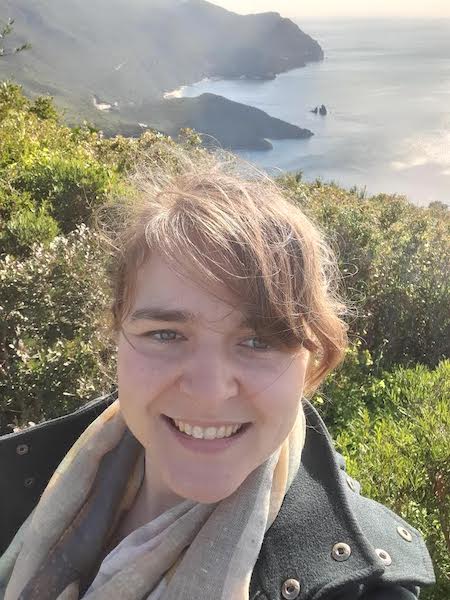
About the author:
Miriam Thaler is a German PhD student in Culture Studies in Lisbon. Exploring foreign places and getting to know different people, their stories, ways of life and worldviews has always been her passion. After finishing school she lived and worked as a volunteer for one year in the south of Chile.
Her B.A. in Cultural Anthropology brought her to Munich and Paris. Iceland called her during her Masters for an ethnographic research stay and the shooting of a documentary.
See more of Miriam’s posts here.
Read more about Lisbon – including the restaurant scene – here in Dispatches’ archives.
Miriam Thaler is a PhD student in Culture Studies in Lisbon. Exploring foreign places and getting to know different people, their stories, ways of life and worldviews has always been her passion. After finishing school she lived and worked as a volunteer for one year in the South of Chile.
Her B.A. in Cultural Anthropology brought her to Munich and Paris. Iceland called her during her Masters for an ethnographic research stay and the shooting of a documentary.


